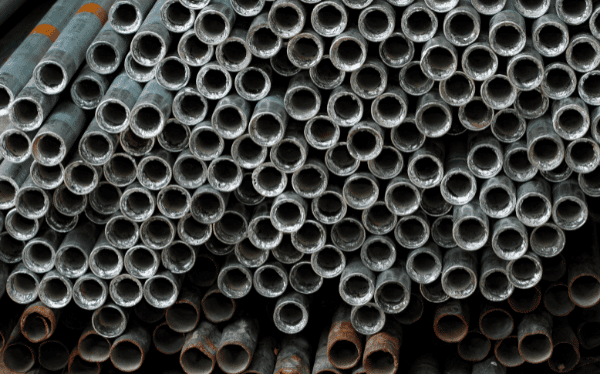Repiping is an expensive endeavor, even for do-it-yourselfers. It requires extensive inspection of the existing pipes and expensive materials. It may not be the best option, however, if the existing pipes are in good condition. Copper is the most common type of pipe used in homes and has numerous benefits over other metals. For one thing, it is small, rigid, and resistant to corrosion. It can be used both indoor and outdoor plumbing, and it is highly resistant to erosion.
CPVC
While many homeowners are tempted to use PVC pipe when repiping their home, copper pipes have a few advantages. One is its durability. CPVC pipes can withstand large-scale corrosion and pitted corrosion, but they are not as sturdy as copper pipes. Copper also stands up to pitted corrosion, but small holes can develop, depending on the mineral content of the soil. This makes copper a more reliable option for pipe replacement.
CPVC pipes are the most common choice for plumbing in homes today. These pipes are made of a thermoplastic material that is resistant to corrosion, rust, and corrosive chemicals. They can withstand higher temperatures, making them the perfect choice for repiping a home’s water lines. In addition to being cheaper and easier to install than copper, CPVC pipes can also be connected to existing copper or galvanized water lines through conversion fittings. Call Candu Plumbing & Rooter Professional Plumber for expert guidance.
Copper
Repiping a home is a process where you replace the pipes in a home with new copper pipes and fittings. Repiping is an essential process, since the old pipes will most likely burst or leak and cause flooding within the home. Using copper pipe is a better option than using metallic pipes because of its high resistance to corrosion. However, copper piping is costly and a hefty investment.
Before starting repiping your home, you should first determine the exact needs of your property. Then, determine the pipe type you need. Copper pipes are much more durable than PEX pipes. PEX pipes are also highly susceptible to ultraviolet light. Therefore, they are limited for indoor use. Furthermore, they are not recyclable. Finally, they are easily chewed through by rodents, resulting in leaks.
PEX
When you decide to repipe your home with PEX pipe, it’s important to follow some basic installation procedures. The pipe should be installed every four to six feet. Make sure to leave over-size holes for expansion and contraction. Install PEX pipe in loops to allow room for contraction and expansion. If you don’t do this, it’s easy for thieves to steal the extra tubing. To prevent leaks, run the pipe every few feet in over-sized holes, and make sure that no metal straps are used to attach the pipes.
The most important thing to know about PEX is its flexibility. It can snake into walls with minimal wall demolition, which reduces the cost of the project. It is also immune to corrosion, scales, freezing, and rust. The pipes also won’t corrode or crack. PEX pipes don’t require welding. There are many types of fittings to use for PEX pipe installation. PEX pipe is available with a wide variety of connectors, including compression and solder.
Polybutylene
If you are thinking of repiping your home, consider whether you should use polybutylene pipes. This type of pipe is commonly used for plumbing, but you should be aware of its risks. For instance, replacing a single section of polybutylene pipe with copper is not enough to ensure your safety. You should also consider the potential cost of replacing the entire system. A professional plumber will be able to give you an accurate estimate.
While polybutylene pipes are not as common as copper galvanized steel, they do still exist in some homes. Before you purchase a home with polybutylene pipes, you should have it inspected by a professional plumber. Failures in polybutylene pipes can be severe or minor and cause damage to your home. If you suspect you may have a polybutylene pipe in your home, it’s wise to get it replaced as soon as possible.



